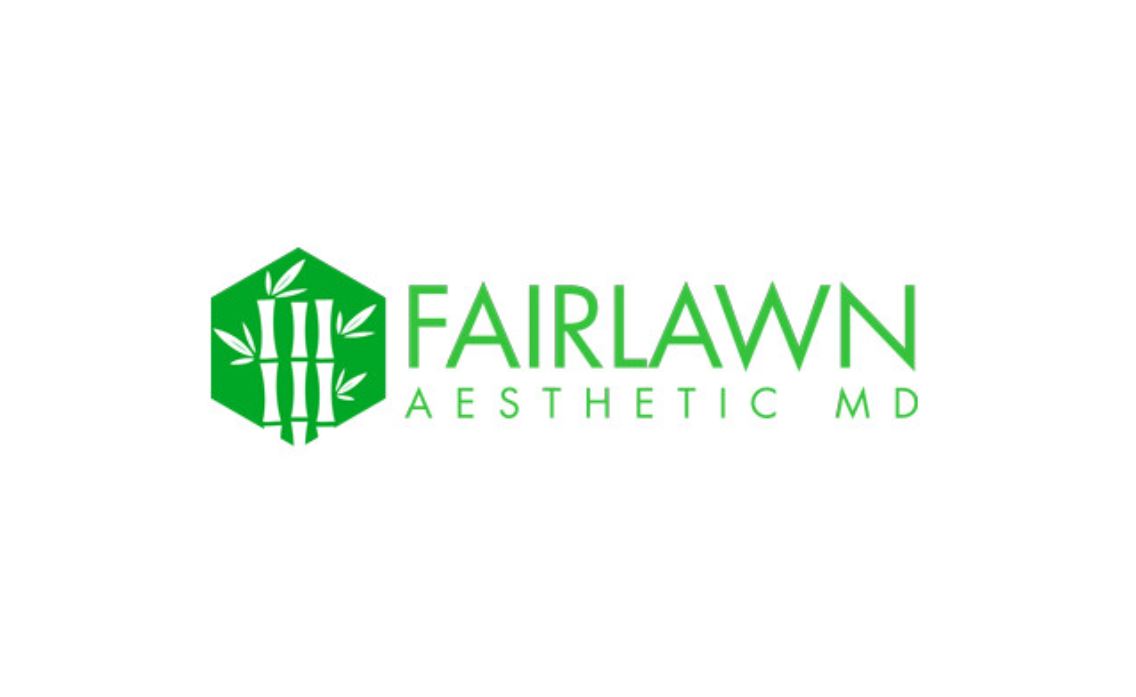ONTARIO — No matter what genetic hand you’ve been dealt, to look your best at any age, it’s helpful to understand your face and the typical changes to expect each decade of your life. Different facial areas age at different rates and a skilled healthcare professional will take that into account when devising a tailored treatment plan.
20s
During your mid-to-late 20s, your skin may begin to feel dry and sun damage might appear. You may begin to see the very early signs of fine lines caused by repeated muscle movement. This is typically around the eyes, and comes from smiling, laughing or squinting. These are known as “dynamic lines,” as they only occur when your face moves during expression.
30s
Gravity begins to take a toll, especially in the brow area and around your chin. Your skin may become less supple, with a few broken capillaries and larger pores developing. Thin lines may appear to form around your mouth, which are known as “smile lines.”
40s
Hormonal changes, particularly in the latter part of this decade, can lead to laughter and expression lines becoming more obvious, with cheeks and eyelids beginning to lower, jowls forming and the tip of your nose starting to droop. “Static lines,” which are visible even when your face is at rest, start to appear in this period.
50s
When you hit the half century, dynamic wrinkles can deepen, the number of static lines increases and you may notice that you have less volume in your mid-face, under your eyes. Lips, and in your cheeks. The loss of volume beneath your skin, and a reduction in the quality of your muscles and bone structure, all come into play in this decade.
60s and Beyond
In your 60s, broken blood vessels may appear on your face and age spots may appear around the hairline and neck. Wrinkles will deepen in the upper face, while you may continue to lose volume in your face, and your skin may continue to lose elasticity around your cheeks, with the signs of sagging skin becoming more obvious.
What to do?
We need to reduce wrinkles and restore volume loss.
Non-surgical approaches are Botox and Dermal Fillers.
Botox addresses dynamic wrinkles in the forehead, “11s,” and crow’s feet, and dermal fillers address volume loss in the cheeks, lips, and under the eyes.
Dermal fillers are injectable gels that restore volume to areas of the face. Many contain a substance that replicates the actions of a naturally occurring sugar molecule, attracting and holding water to assist with skin hydration. The products can be placed below the skin’s surface to provide more youthful contours and smoother skin.
Fillers can “re-volumise” larger areas like the cheeks and jawline. Sometimes they’re used in conjunction with Botox injections, which relax facial muscles, or with other treatments that restore skin tone, to rejuvenate the whole face.
Botox starts to work in 3 days, with full results seen in 4 weeks. Botox typically last 3 months.
Dermal fillers produce instant results – a typical first procedure takes between 15 and 30 minutes – and you should be able to return to your daily activities right away.
For more information, or to schedule an appointment, call 567-560-5558. Fairlawn Aesthetic MD has locations in both Ontario and Ashland.


